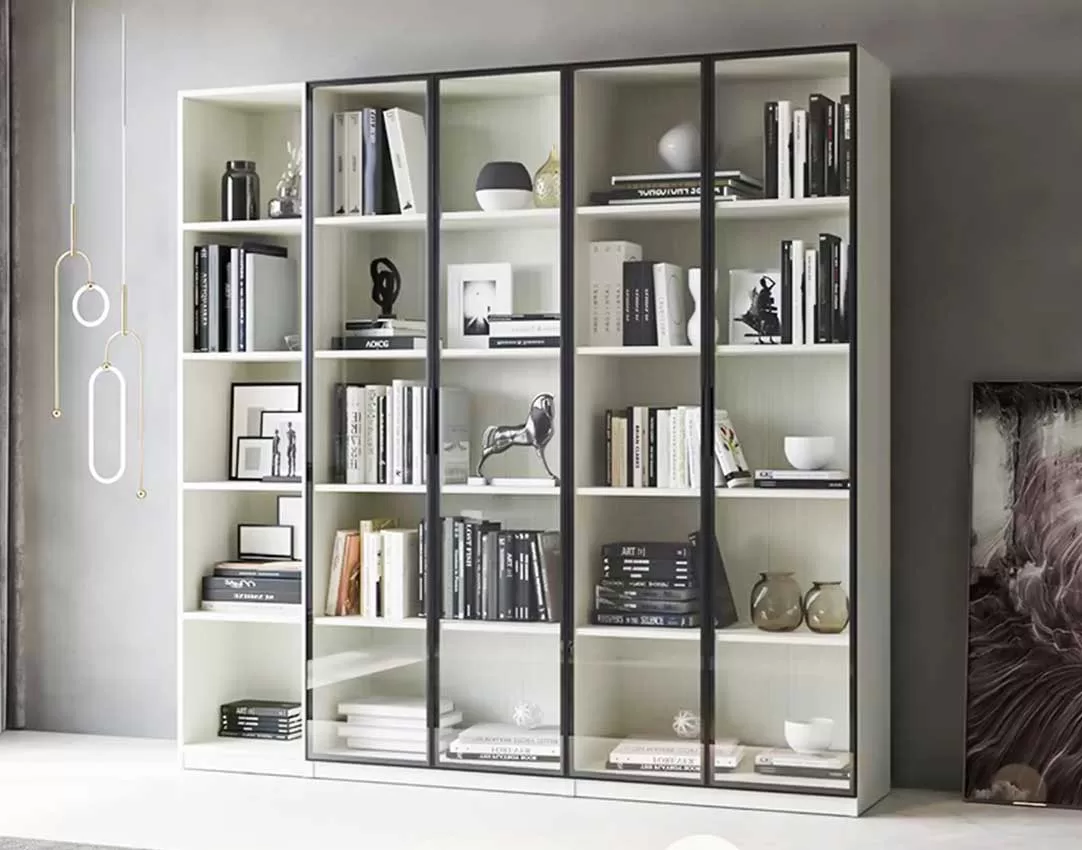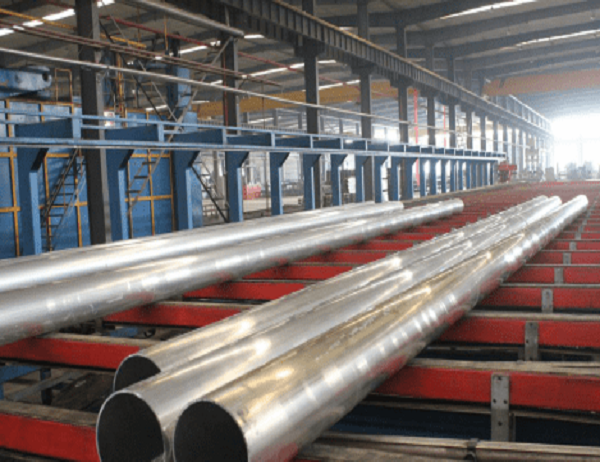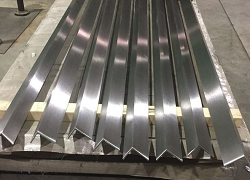Aluminum heat sinks are a critical component in many electronic devices, as they help to dissipate heat and prevent overheating. However, even the best heat sinks can experience issues from time to time. Here are some of the most common problems associated with aluminum heat sinks, along with troubleshooting tips:
Fins Bent or Damaged
If the fins of your heat sink are bent or damaged, it can significantly reduce the heat sink’s cooling performance. Gently straighten any bent fins using a pair of needle-nose pliers. If the fins are beyond repair, you may need to replace the heat sink.
Oxidation
Over time, aluminum heat sinks can develop a layer of oxidation. This oxidation can reduce the heat sink’s thermal conductivity, making it less effective at dissipating heat. To remove oxidation, use a mild abrasive, such as steel wool, to gently scrub away the oxide layer.
Thermal Interface Material Failure
The thermal interface material (TIM) is a thin layer of material that is applied between the heat source and the heat sink. The TIM helps to transfer heat from the heat source to the heat sink. If the TIM is not applied properly or if it fails, it can lead to overheating and component damage. Ensure that the TIM is applied evenly and that there are no air bubbles between the heat source and the heat sink.
Insufficient Airflow
Proper airflow is essential for heat sinks to function effectively. If there is not enough airflow, the heat sink will not be able to dissipate heat properly. Check to ensure that the heat sink is not blocked by other components. If necessary, install additional fans or increase the speed of existing fans to improve airflow.
Overloading
Heat sinks can only dissipate a certain amount of heat. If the heat sink is overloaded, it will not be able to keep the heat source cool. Check to ensure that the heat sink is sized appropriately for the application. If necessary, replace the heat sink with a larger one.
By troubleshooting common issues with aluminum heat sinks, you can help to ensure that your electronic devices operate properly and avoid overheating. If you are experiencing any of the problems discussed in this article, follow the troubleshooting tips to resolve the issue. If you are still having problems, you may need to contact a qualified technician for assistance.



